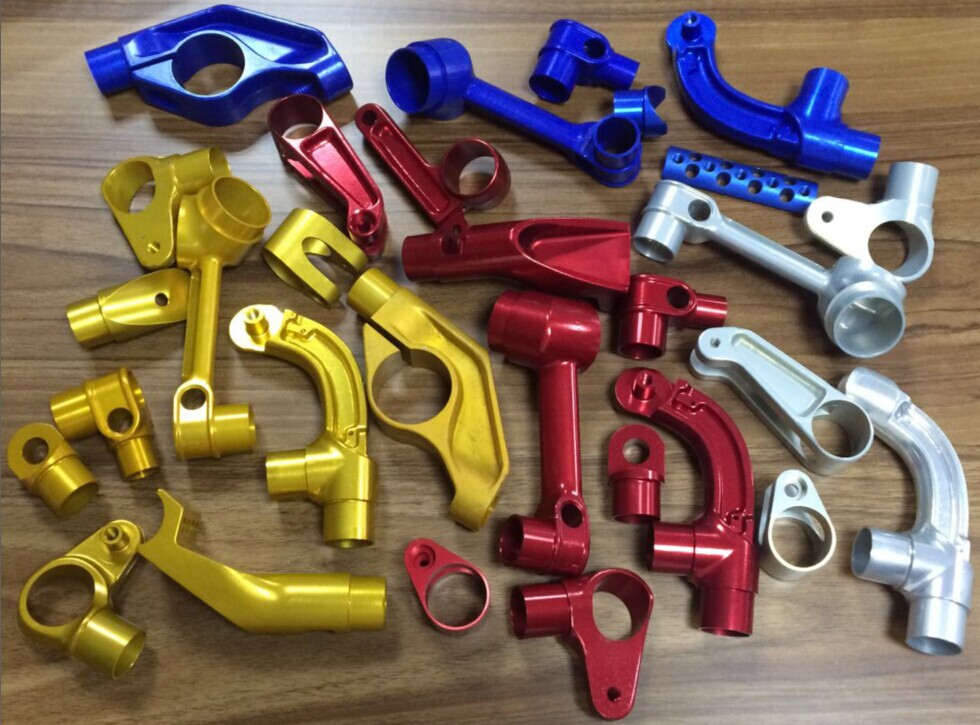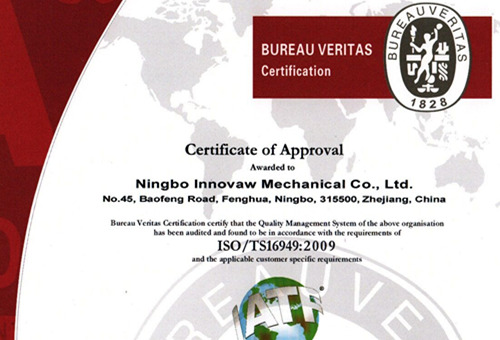Aluminum alloy's heat dissipation and good appearance performance have surpassed current plastic materials, and the weight brought by its own weight cannot be replaced by plastic.
1. The difference in materials:
The die-cast aluminum alloy generally uses ADC12 or ALsi9cu3. The second-car aluminum generally uses 6063 or 6061.
2. The difference in appearance:
Die-casting aluminum is equivalent to the plastic injection molding process and can be made into any shape. Generally, die-cast aluminum is used for the housing on the street lamp. The shape of the constant cross-section adopted by the second car aluminum has little change, such as the heat sink of the bulb lamp and the aluminum profile of the doors and windows.
3. Thermal conductivity:
The general conductivity of die-cast aluminum is about 80-90W/M.K, while the thermal conductivity of car aluminum is about 180-190W/M.K.
4. Cost:
The cost of die-casting parts and car aluminum is relative, and they are calculated by weight and machining. Calculate the cost based on real-time material prices and labor. Relatively speaking, the cost of die-cast aluminum is higher, but the specific situation needs to be analyzed in detail.
5. Production efficiency:
The production efficiency of injection molding is definitely higher. Mass production usually produces more than 1,000 a day, and the size is stable, and the shrinkage rate is 0.5%. There are more components in the machining of car aluminum, as the name suggests is car aluminum. The efficiency is naturally lower.
6. Application:
Die-cast aluminum is generally widely used in automobiles, street lights and the current mobile phone industry, and automotive aluminum is widely used in downlights, ceiling lights, doors and windows, etc.







.png)


.png) +86-574-83036520
+86-574-83036520 +86-574-83008051
+86-574-83008051 sales@innovaw.com
sales@innovaw.com

.png)

.png)
.png)
.png)

.png)
.png)
.png)









.png)

